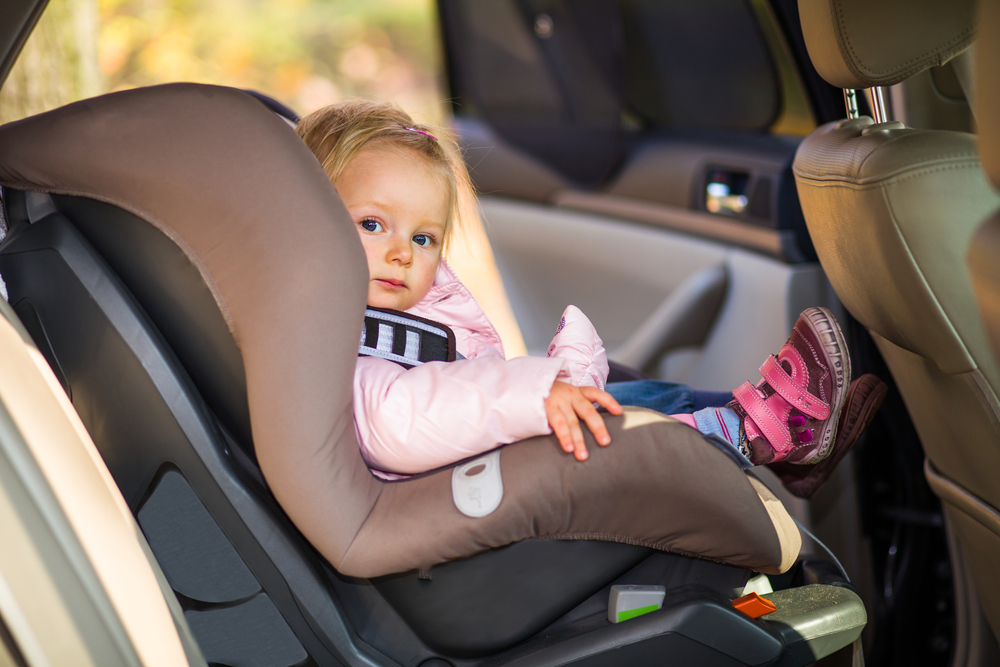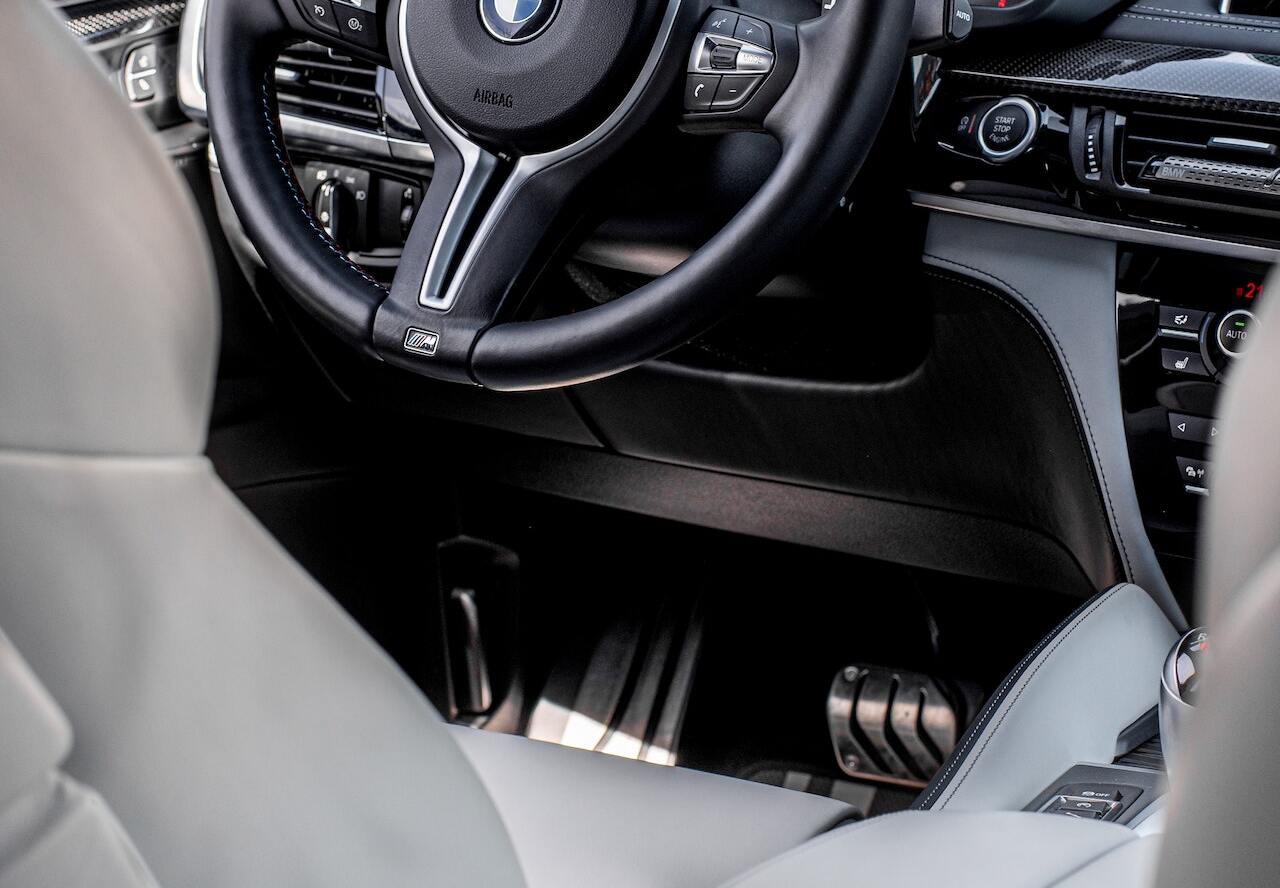When can children start sitting in the front passenger seat?
For many children, the first time sitting in the front passenger seat of a car without a child seat is a special moment as they experience the car ride from an entirely different perspective. While it is usually up to the parents to make this decision, there is a legal age limit to consider.

When can children sit in the front without a child seat?
This is a question that many parents ask: when can my child sit in the front passenger seat of the car? In the Netherlands, there are several rules you need to follow. First and foremost, it’s important to know that children can only sit in the front seat when they are at least 1.35 meters tall, as stated in the Road Traffic Law.
For children under 1.35 meters, there are special car seats. These car seats must be secured with a seat belt and seat belt tensioner or an isofix system. Different types of car seats are available, designed to protect children of different ages and weights. There are car seats for children from 0 to 12 years old, depending on weight and height.
For children under 12 years old and shorter than 1.35 meters, using a car seat is compulsory. Children who are 12 years old or older and taller than 1.35 meters are no longer required to use a car seat. They can then sit in the front passenger seat but must wear a seat belt.
It’s crucial to understand that children can only sit in the front seat if they are at least 1.35 meters tall. Therefore it’s important for parents to measure their children accurately and always use the right car seat. This is essential for your child’s safety. If you fail to comply with these rules, you may be fined. However, children may sit in the front passenger seat without a child seat if they meet the following conditions:
- They have reached the age of 12 years, regardless of their height.
- They are 1.35 meters tall or taller.
The passenger airbag is dangerous for children
Children should never sit in the front passenger seat if an airbag is active. Airbags are very dangerous for children, so if there is an airbag children should sit in the back seat in most cases. If forward-facing child seats are installed on the front passenger seat, the airbags can remain activated. Make sure the child is not too close to the airbag and put the seat in the rearmost position. However, it is recommended to transport your child rearward-facing as long as possible. In case of an accident, a rear-facing car seat prevents injuries to your baby’s or toddler’s vulnerable head and neck. In this case, you need to deactivate the airbag. There are various ways to do this:
- Drivers can disable their airbags with an airbag key switch. This is included or can be added for a fee in newer car models.
- If your car does not have an airbag key holder yet, it might be possible to install one later.
- Some car manufacturers offer child seats with transponder recognition that automatically deactivates the airbag.
If your airbag cannot be deactivated, child seats must always be placed on the back seat. Furthermore, child seats should not be installed in two-seater vehicles without deactivation facilities. If you do not deactivate your airbag and your child is sitting in the front while driving, you risk not only a fine of 140 euros but also severe neck and head injuries to your child.
Ensure your child’s safety in the car
Regularly check if your child still fits in the child seat and if it is still functioning properly. Depending on the child’s age and weight, you might need to buy a new child seat. Regardless of whether your child may sit in the front passenger seat with or without an airbag, their safety should always come first. Some parents therefore stick to the advice applicable in Germany, where a child should only sit in the front passenger seat once they reach a height of 1.50 meters.


